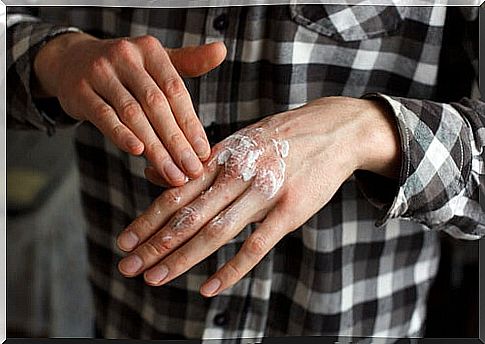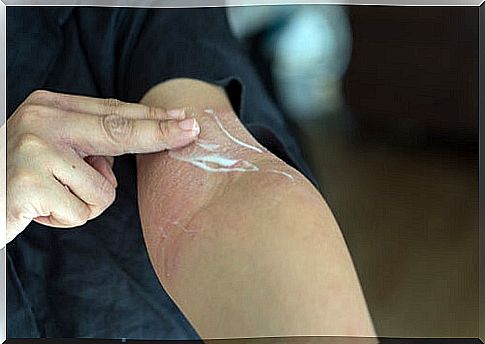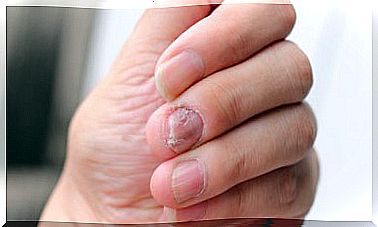How To Apply Topical Corticosteroids
The application of topical corticosteroids for the treatment of some skin diseases should be done with caution. Often there are two situations, one is the phobia of the use of these drugs and the other is the possible reactions that can be produced for the abuse in the use of the same.
The origin of the phobia of the use of corticosteroids is that it is thought that even if applied topically they present adverse effects similar to corticosteroids that act on a systemic level.
Among the adverse effects that systemic cosrticoids can produce are swelling, weight gain, and the risk of developing osteoporosis. However, you should know that if you abuse topical corticosteroids, they can end up causing adverse effects similar to those of systemic ones. Especially if they are of high power or you have to use them in larger areas.
On the other hand, the tachyphylaxis that you may experience derives from the abuse of corticosteroids. This abuse ends up happening because when you apply it, it relieves you by generating a feeling of well-being. Because of this, you repeat and repeat its application, regardless of the possible consequences.
Side effects when applying topical corticosteroids
The secondary effects derived from the use of topical corticosteroids are the cutaneous consequences of their application. Among them, e The most common secondary effect is atrophy of the most superficial layer of the skin. Nevertheless, other less frequent effects may appear, such as stretch marks, hypertrichosis and / or acne.
When you are being treated with topical corticosteroids and do not see improvement, go to the doctor to assess the state of the lesion and a possible change in treatment.

What factors affect the absorption of topical corticosteroids?
When using topical corticosteroids, it must be taken into account that their effect, in addition to the active principle, depends on a series of factors, including the following:
Skin permeability
Regarding the permeability of the skin, it can be affected in turn by factors such as:
- Age : the skin is more permeable in children and the elderly, the more permeable it is, the effects are greater.
- Location of the condition: the effect is different depending on the area to be treated, the most permeable areas being the mucous membranes.
- Type of condition and condition of the skin: when there are acute injuries to the skin, it is more vascular, causing the absorption of the drug to be greater. However, in chronic lesions, the skin thickens, decreasing the permeability and absorption of the corticosteroid.
Vehicle
The vehicle used in the different formulations has to be, among other things, cosmetically acceptable, which helps the patient to better comply with the treatment.
The solutions and gels are indicated for the treatment of acute dermatitis. However, emulsions and creams are used in subacute lesions. Ointments and ointments are indicated to treat chronic conditions such as xerosis.

Are all topical corticosteroids the same?
Each medicine is made up of a different type of corticosteroid and strength. Opting for treatment with one or the other will be decided by the specialist, who will take into account in addition to the potency, the possible adverse effects of each one. Therefore, the choice of corticosteroid will take into account the type of patient, the location and type of the lesion.
Low-potency corticosteroids are indicated to treat facial injuries, using them for a maximum of five days. However, if you have to treat an area of the body, in general those of intermediate power are used and for a maximum of ten days.
The treatment should never be ended suddenly, but the ideal is to progressively go from higher to lower power. It is convenient that they alternate with emollient creams to prevent the rebound effect.
Choosing the best topical corticosteroid
When you have to apply topical corticosteroids it is important to choose the galenic form depending on the type of condition to be treated. As we have explained, an acute pathology is not the same as a chronic one, nor is the location the same.









